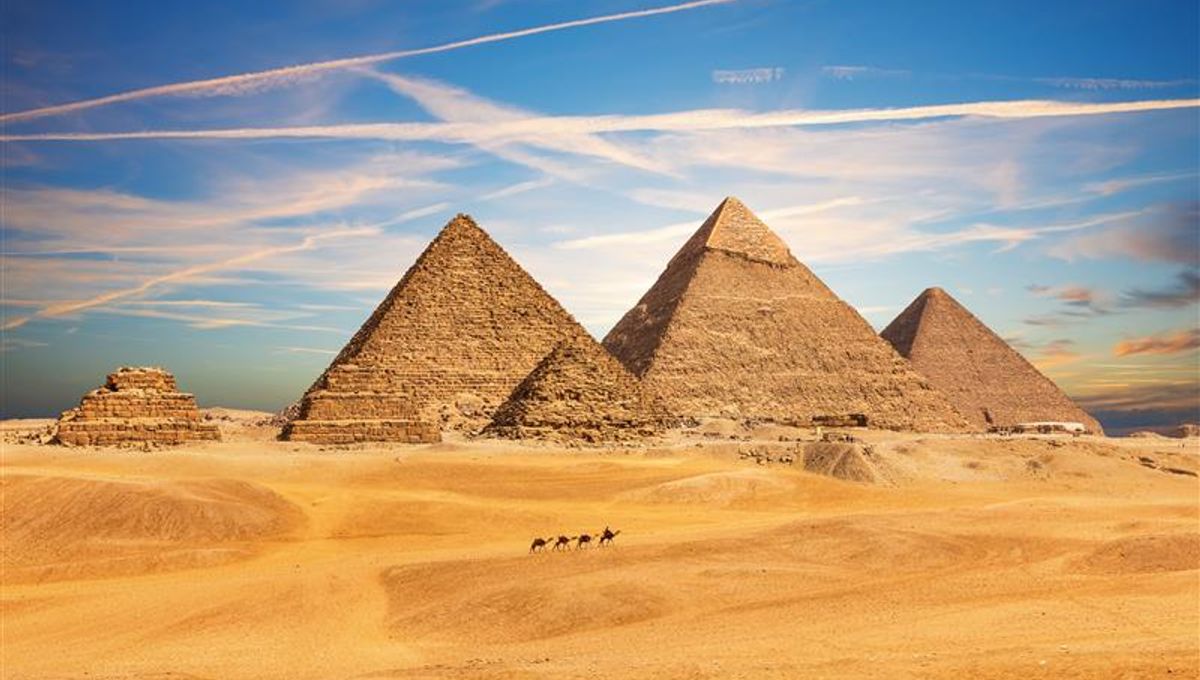
The higher atmosphere is full of peculiar phenomena and an important one for communication and navigation is equatorial plasma bubbles (EPBs). These are hot pockets of superheated gas that form at low latitudes, usually after sunset. They remain poorly understood, and given that they impact Earth’s connection to space, it is important to know what is going on.
The finding of a massive bubble of plasma over Egypt is not itself major news. Tens of these EPBs form every year over that specific region. What’s interesting is from where the bubble was observed. Observations are usually from space to get a global view. They can also be done from the ground, observing the nearest region of the ionosphere. Now, researchers at the Chinese Academy of Sciences report a detection from the island of Hainan, in the South China Sea.
There, China has built the Low lAtitude long Range Ionospheric raDar, or LARID. This is a radar system that can keep an eye on the irregularities created by plasma bubbles. Just as radio transmissions can be sent across the world by making them reflect against the plasma of the ionosphere, radar can be sent the same way. LARID’s ability is in receiving the signals back and interpreting them as the variation created by these plasma bubbles.
So the bubble over Giza is nothing new, but seeing changes in real time from China is outstanding. The researchers suggest that creating a network of such radars could be revolutionary for the monitoring of these events.
“The results provide meaningful insight for building a low latitude OTH [Over-The-Horizon] radar network in future, that consists of three to four OTH radars [and] could have the capability to obtain global EPBs in real time,” the authors wrote in their the paper.
The EPBs change from season to season, a little bit like the weather. But unlike the weather, they are also affected by solar activity – they are space weather, after all. Having the ability to forecast them, across multiple properties such as location, size, and timing, could be crucial to reduce major disruptions experienced by satellites.
Satellites are used for communications, navigation, and finance. These disruptions might be limited to a narrow band of the Earth, but in this interconnected world, they affect us all.
The study is published in the journal Geophysical Research Letters.
Source Link: Chinese Radar Spots Plasma Bubbles Over The Pyramids Of Giza